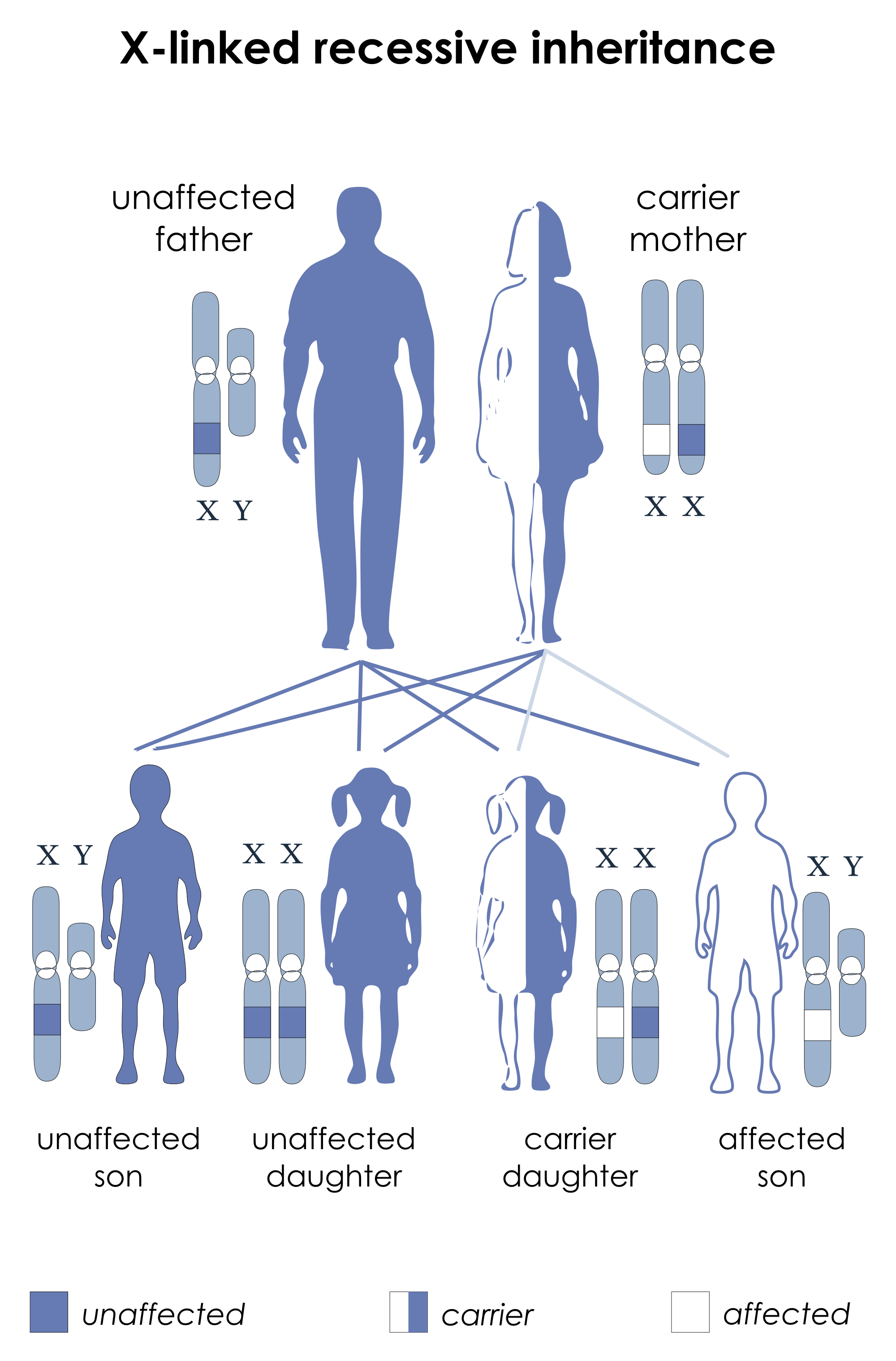What are the causes of Muscular Dystrophy?
Researchers are quickly learning more about what causes the genetic disorder that leads to MD, and about possible treatments for the disease. There are many types of Muscular Dystrophy that are caused by mutations in several different genes. For example, Duchenne and Becker are caused by mutations in the dystrophin gene, whereas limb-girdle Muscular Dystrophy are caused by mutations in other genes.

What are the symptoms of Muscular Dystrophy?
A symptom is something the patient senses and describes, while a sign is something other people, such as the doctor notice. For example, drowsiness may be a symptom while dilated pupils may be a sign.
 The symptoms of Muscular Dystrophy are the result of a deterioration of the body’s muscles. This deterioration is due to the death of the muscle cells and muscle tissues and leads to ongoing muscle wasting and muscle weakness. Muscular Dystrophy progresses and gets worse over time eventually. This results in difficulty walking, disability, the need for leg and hand braces, and ultimately the use of a wheelchair.
The symptoms of Muscular Dystrophy are the result of a deterioration of the body’s muscles. This deterioration is due to the death of the muscle cells and muscle tissues and leads to ongoing muscle wasting and muscle weakness. Muscular Dystrophy progresses and gets worse over time eventually. This results in difficulty walking, disability, the need for leg and hand braces, and ultimately the use of a wheelchair.
The muscle weakness of Muscular Dystrophy often begins in the legs. This makes it difficult for a child to walk normally, and he or she may walk with their feet wide apart to help keep balance. The child may use his or her hands and arms to get up from the floor and assist with standing. There may be frequent falls, a waddling gait, limited range of motion and pain in the calves. By 12 years of age, a child is often completely unable to walk and must use a wheelchair.
Over time, muscle weakness gets worse in severity and also progresses to include  muscles in other parts of the body. These include muscles in the neck and arms. The muscle in the chest may also be affected. This can result in such complications as deformities in development of the bones of the chest and spine and scoliosis. This can lead to serious complications, including difficulty breathing and pneumonia. Some children may also have mental impairment, cardiac arrhythmias or cardiomyopathy.
muscles in other parts of the body. These include muscles in the neck and arms. The muscle in the chest may also be affected. This can result in such complications as deformities in development of the bones of the chest and spine and scoliosis. This can lead to serious complications, including difficulty breathing and pneumonia. Some children may also have mental impairment, cardiac arrhythmias or cardiomyopathy.
The progression and severity of the symptoms of Muscular Dystrophy varies greatly between individuals and the type of Muscular Dystrophy Some people may not develop symptoms until adulthood, and while many people experience severe disabilities and eventually die from the disease, others may have mild symptoms, no significant disability, and a normal life expectancy.
